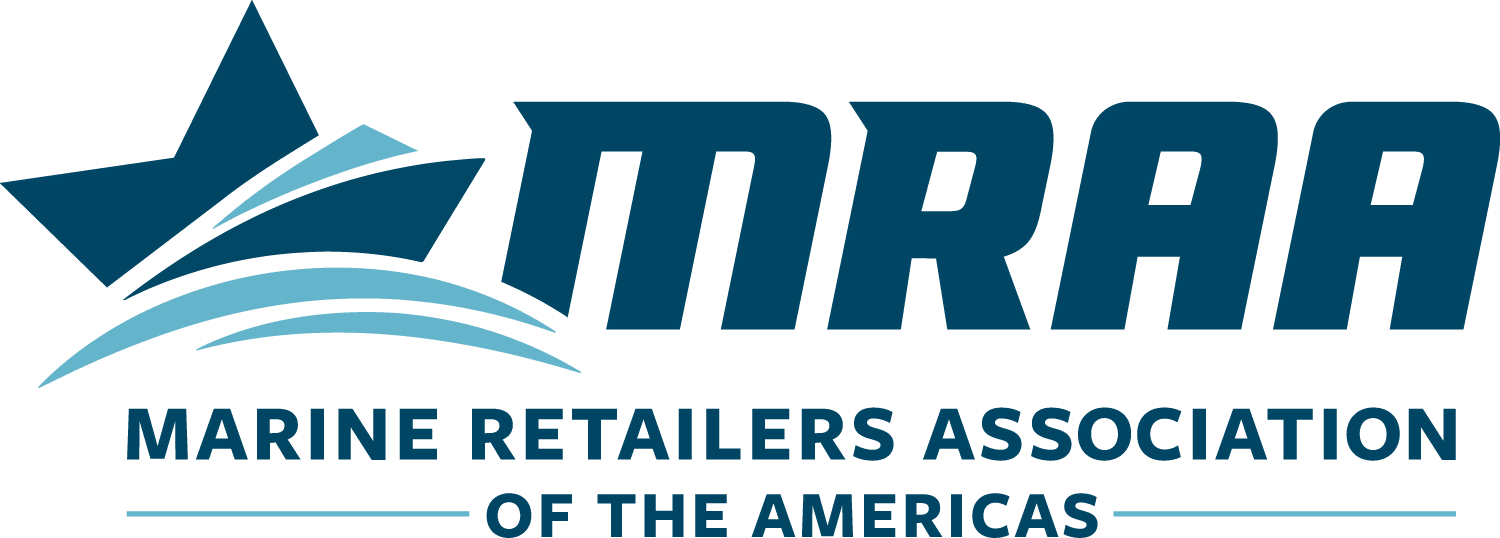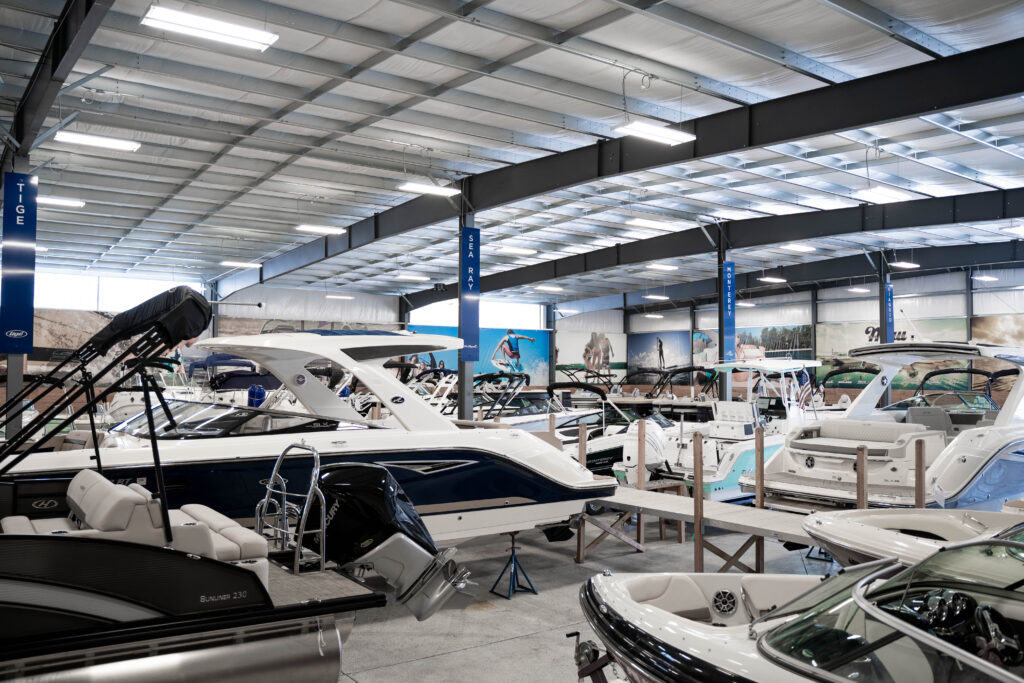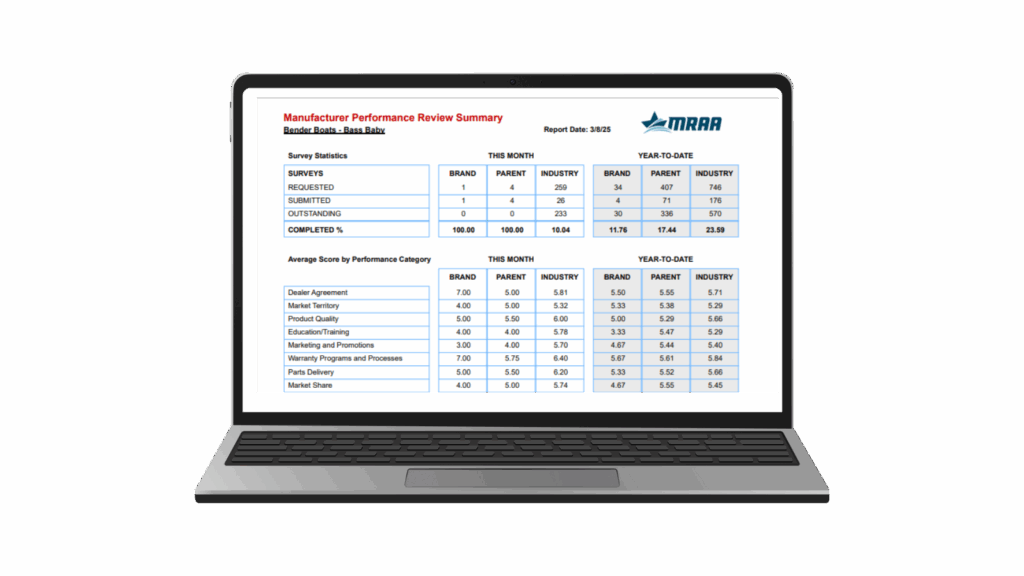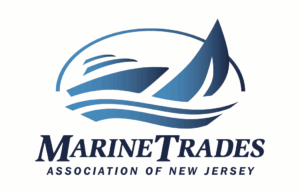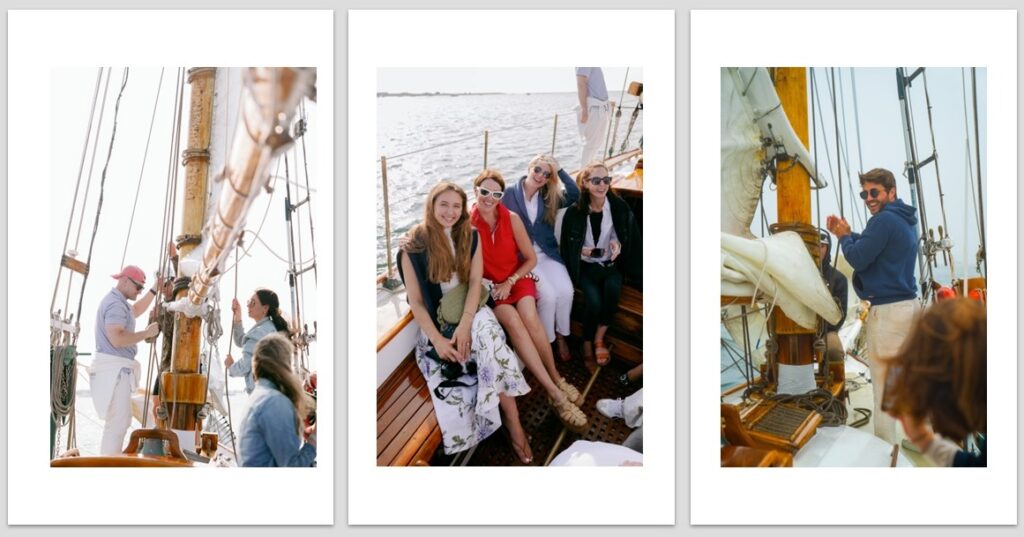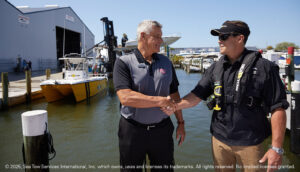Among the wide range of provisions tucked into the One Big Beautiful Bill Act (OBBA), some will have a positive impact on the recreational marine industry — from tax policy to workforce development. Here are four important provisions the MRAA supported.
1. Qualified Business Income Deduction

The 199A Qualified Business Income deduction — set to expire at the end of 2025 — was made permanent at 20%, with a new minimum deduction of $400. Moreover, it expands the deduction limit phase-in from $50,000 ($100,000 for joint returns) to $75,000 ($150,000 for joint returns). This provision enables smaller businesses to compete with larger corporations and now that it has been made permanent, small business owners can more effectively plan for the future.
The MRAA advocated to not only extend the 199A deductions but also fought to increase the limit to 20%. We understand that this certainty is critical for our members and small businesses in the industry at large. In March, the MRAA and the Small Business Legislative Council (SBLC) hit the hill to discuss the importance of this provision. Read how the MRAA participated in a SBLC fly-in.
Additionally, the continuation of immediate deduction of research and development expenditures — also now permanent — was another key win for the industry. This allows for more stability when planning long-term investments that will yield new innovations for our industry. The immediate deduction of R&D was a long-term priority for the recreational marine industry. It provides security for our manufacturers to continue to invest in their products and move the needle on product design.
2. Tax Change for Yacht Charter Market
Furthermore, a landmark tax change was buried in the bill that specifically targets the yacht charter market: 100 percent bonus depreciation on yachts purchased for charter and placed into service by December 31, 2025. It enables individuals or businesses to deduct the full cost in the same taxable year. This sweeping incentive aims to unlock significant cash-flow advantages for those investing in charter yachts.. And it makes charter yacht investments far more attractive by providing immediate tax relief rather than amortization over many years.
Designed to modernize fleets and grow the premium charter sector, the provision is already accelerating transactions as shipyards, management companies and private operators race to finalize orders before year’s end. By accommodating full depreciation in the first fiscal year, it alters financial planning dynamics, encouraging investors to update or grow their fleets now.
3. Workforce Development
One big win for workforce development was the inclusion of the MRAA-supported “Freedom to Invest in Tomorrow’s Workforce Act” in the OBBA. The law will expand the eligible uses of tax-favorable 529 savings accounts to cover costs associated with workforce training and credentialing programs. Previously, 529 savings accounts were a means for families to save for traditional higher education. However, these accounts now serve as career savings tools that support not only initial education or certification, but also career advancement and mid-career transitions.
This flexibility will benefit the recreational marine industry by providing the current and incoming workforce with more opportunities to pursue specific training and certifications for positions in need.
4. Overtime Deduction
Lastly, the bill provides a new deduction of up to $12,500 for qualified overtime received by taxpayers. It is available to taxpayers who do and do not itemize and phases out for incomes greater than $150,000. Great incentive potential for overtime hours during the busy season at dealerships!
Progress for Recreational Marine Industry
These wins represent significant progress for the recreational marine industry — from tax reform to workforce development. With new investment incentives and greater long-term stability, marine businesses can now plan, grow and compete more effectively.
For questions about the legislation or how it affects your dealership, contact Chad Tokowicz MRAA Government Relations Manager.
